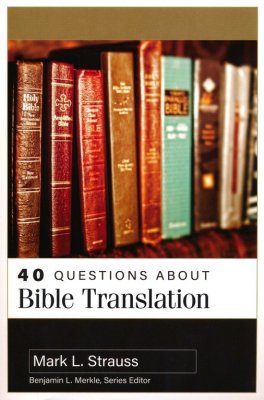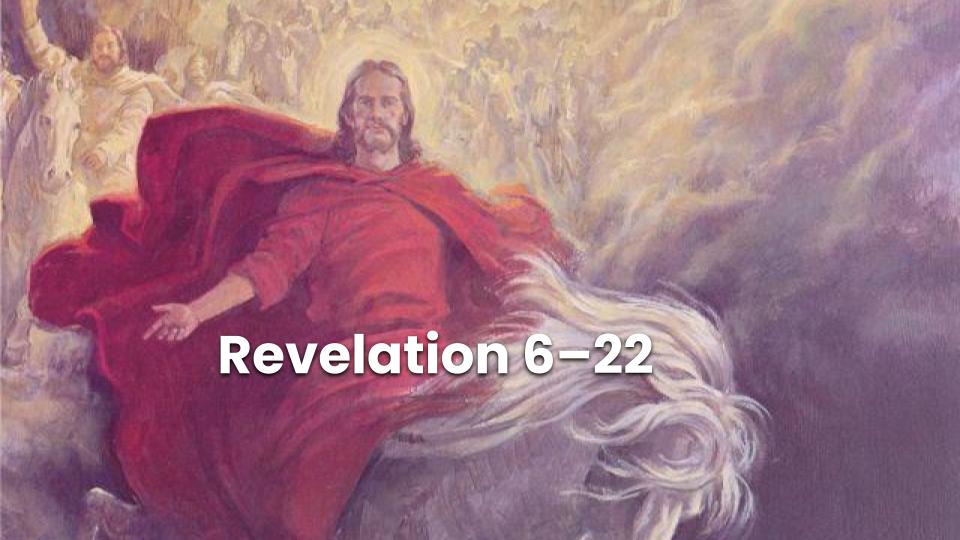When I was a kid, I loved the game, “Simon Says.” You tell people to do different things and they only do it if “Simon” says to do it (here are the rules of the game).
When reading 2 Nephi 8:25, I felt like I was playing a game of Simon Says. It says, “Arise, sit down” –why stand up only to sit down? It kind of felt like random body movement. Fun, but it made no sense.
Then, I was introduced to The Isaiah Map. If you haven’t read this article about how a one-page map of geography and history can make Isaiah a lot easier to understand, please read it! The discussion that follows assumes you’re familiar with the Jewish captivity, Babylon and Persia, all of which are prominent in these verses.
A conversation in my classroom might go something like this as we study 2 Nephi 8:22-25 (and if you’re teaching early morning seminary, or have some children in family study who need refocusing, you could play a quick game of Simon Says before reading the verses).
Me: Let’s read, “Thus saith thy Lord, the Lord and thy God pleadeth the cause of his people; behold, I have taken out of thine hand the cup of trembling, the dregs of the cup of my fury; thou shalt no more drink it again.”
Me: “Okay, in an historical context, who is the Lord talking to?”
Student who understands the Isaiah map: “The Jews”
Me: “And what is the ‘cup of trembling’ that they have been drinking?
Student who understands the Isaiah map: “Babylonian captivity.”
Me: Let’s read the first part of verse 23: “But I will put it [remember the ‘it’ is the ‘cup of trembling’] into the hand of them that afflict thee;'”
Me: So who are the people that are afflicting the Jews at this time?
Student who understands the Isaiah map: Babylon
Me: So God says he’s going to take the cup of trembling out of the hands of the Jews and put it into the hands of the Babylonians. How does that happen in an historical context?
Student who understands the Isaiah map: Persia!
Me: Yes! We’re getting this. Let’s keep reading verse 23–and from this point on watch the body posture. “who have said to thy soul” –Remember that this is the Babylonians who have said this to the Jews: “Bow down, that we may go over—and thou hast laid thy body as the ground and as the street to them that went over.”
At this point I lay down on the ground and visually demonstrate how the the Jews were portrayed by Isaiah as laying on the ground with the Babylonians stomping over them.
Me: Let’s keep reading : “Awake, awake, put on thy strength, O Zion; put on thy beautiful garments, O Jerusalem, the holy city; for henceforth there shall no more come into thee the uncircumcised and the unclean. Shake thyself from the dust; arise, sit down, O Jerusalem…”
When I read the phrase “arise, sit down,” I’ll joke about Simon Says and ask the class, “Are we making random movements here? Why would he say, “Arise, sit down”?
And then we focus on the body posture in verse 23. The Jews in Babylonian captivity have been laying on the ground, getting stomped on. Now the Lord tells them to stand up, shake off the dust (from lying in the dirt) and sit down in the royal place where they belong. It’s a beautiful image.
Students are often excited because these verses that once seemed like gibberish are a message of hope to exiled Jews. The captives will be delivered!
Once we really understand these verses in this historical context, we can go on to 2 Nephi 9 and see how this applies to us. All of us are captive to sin and death. Cyrus and Persia won’t deliver us, but we can joyfully exclaim, “O the greatness of the mercy of our God, the Holy One of Israel! For he delivereth his saints from that awful monster the devil, and death, and hell, and that lake of fire and brimstone, which is endless torment” (2 Nephi 9:19).
Our captivity of “death and hell” is no match for “the holy one of Israel” (2 Nephi 9:12).






